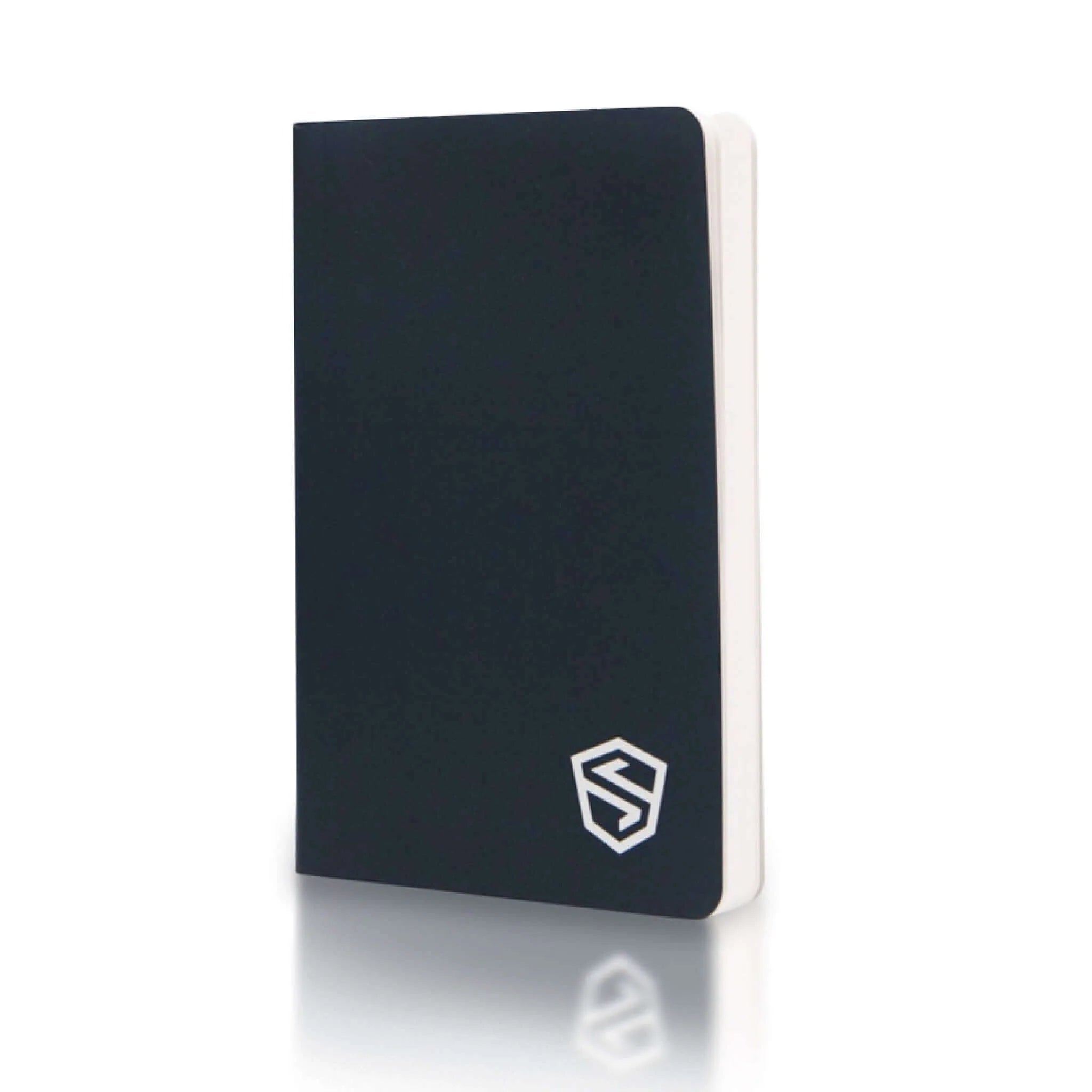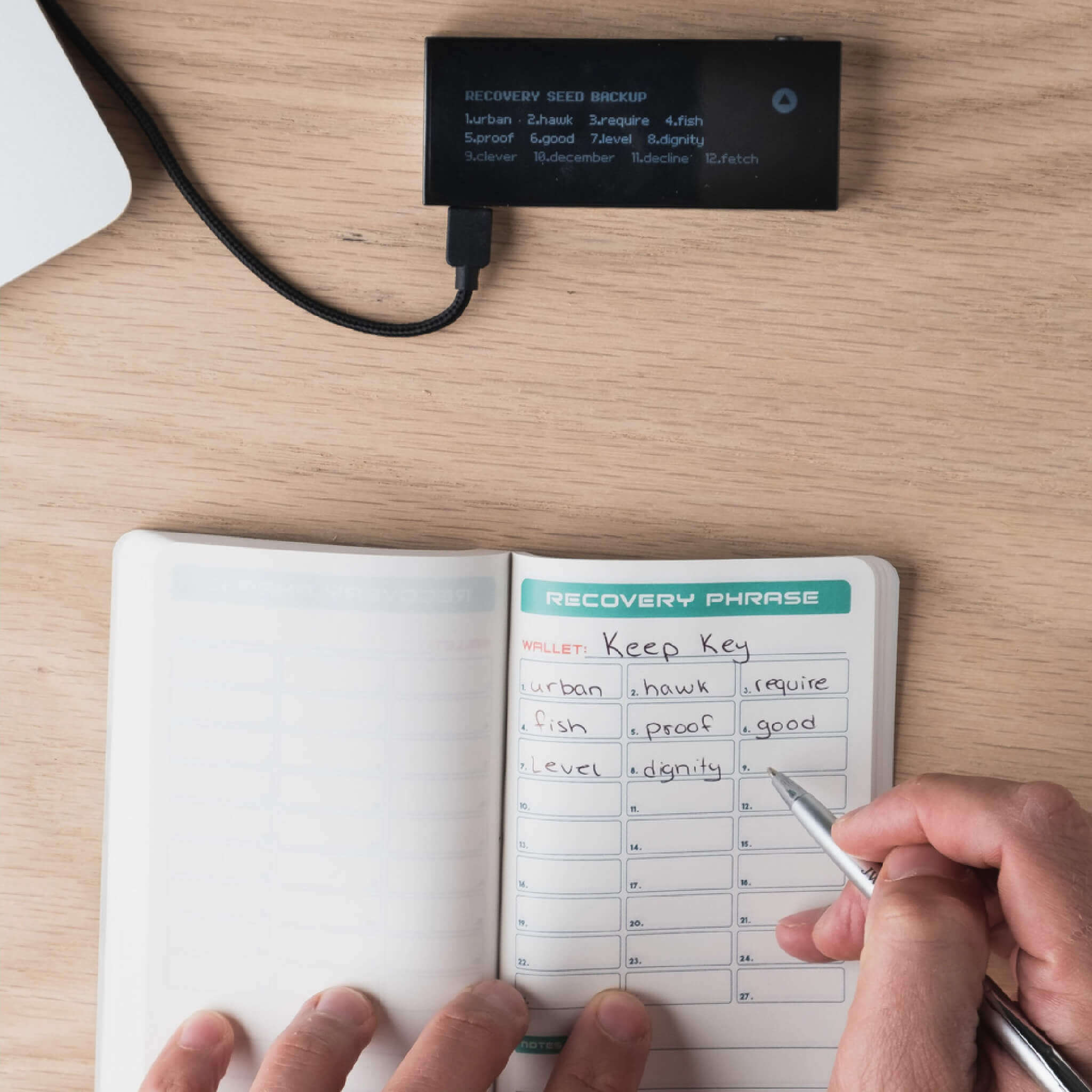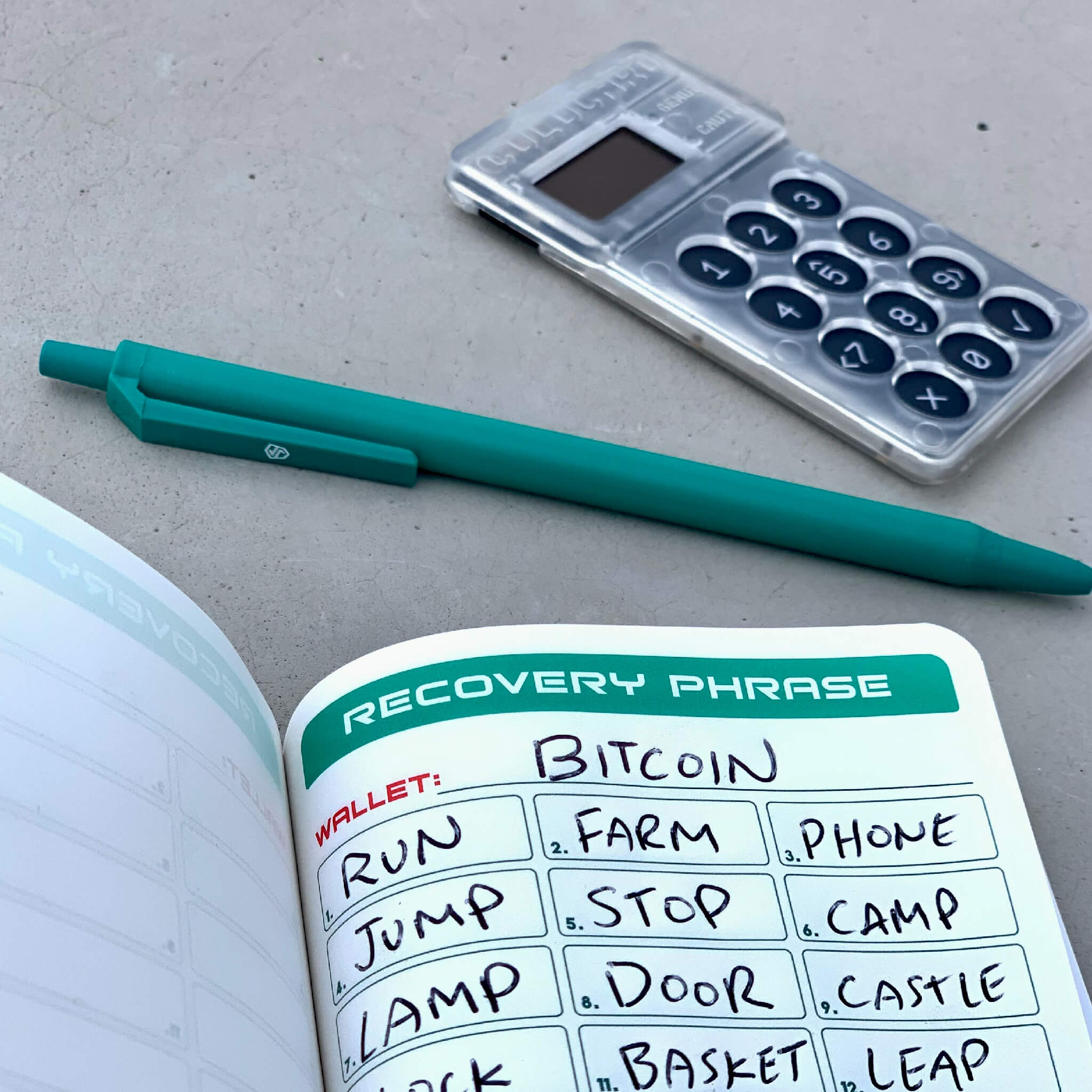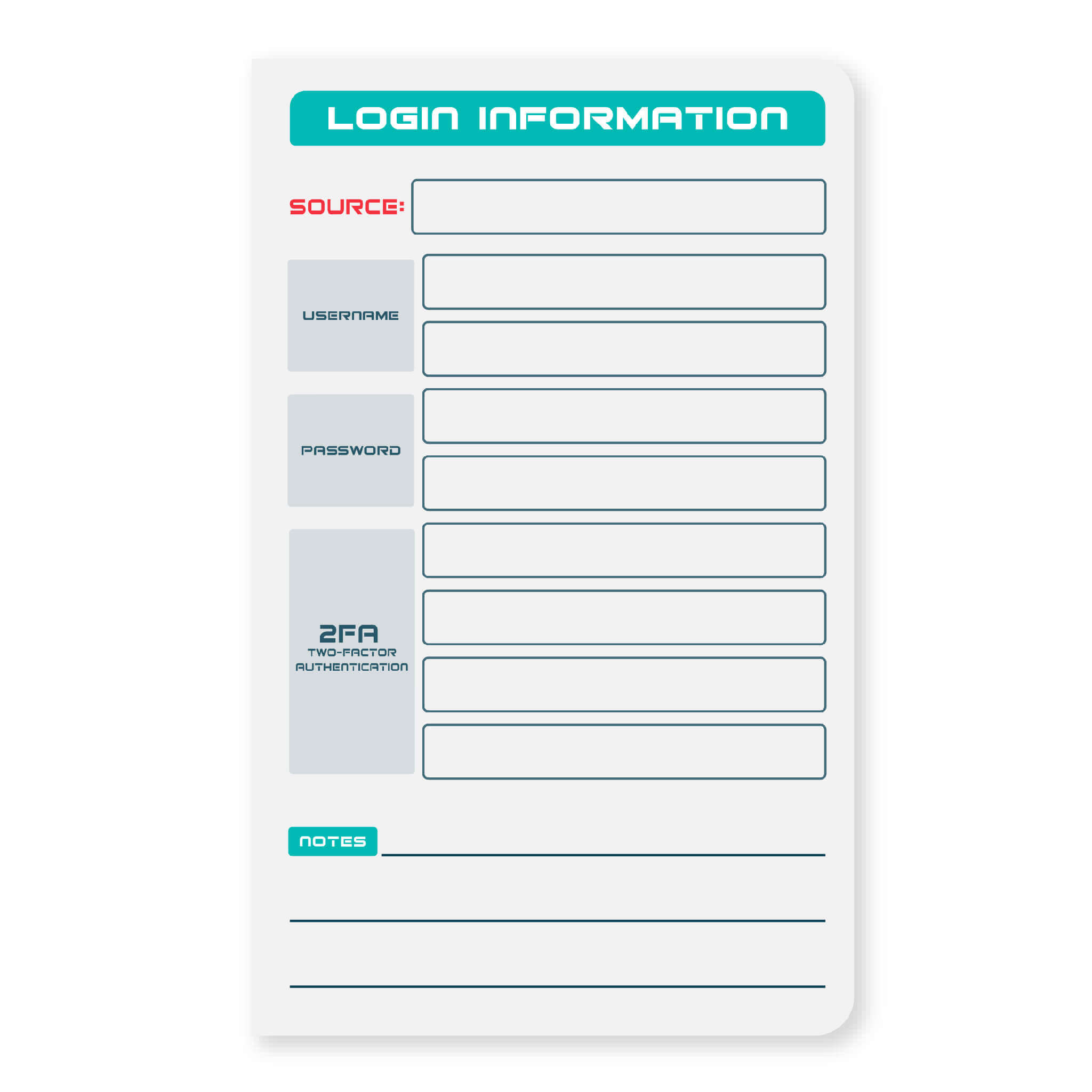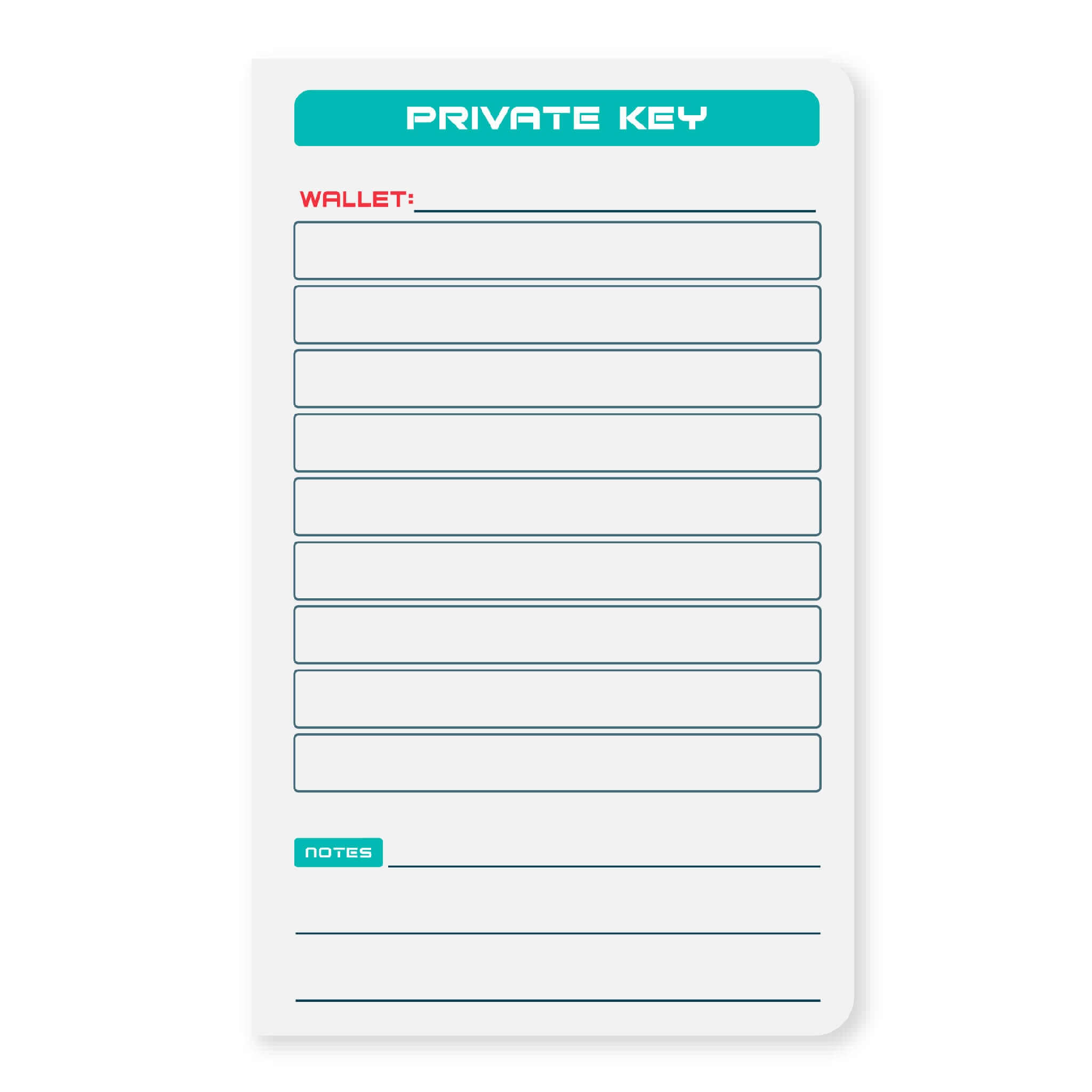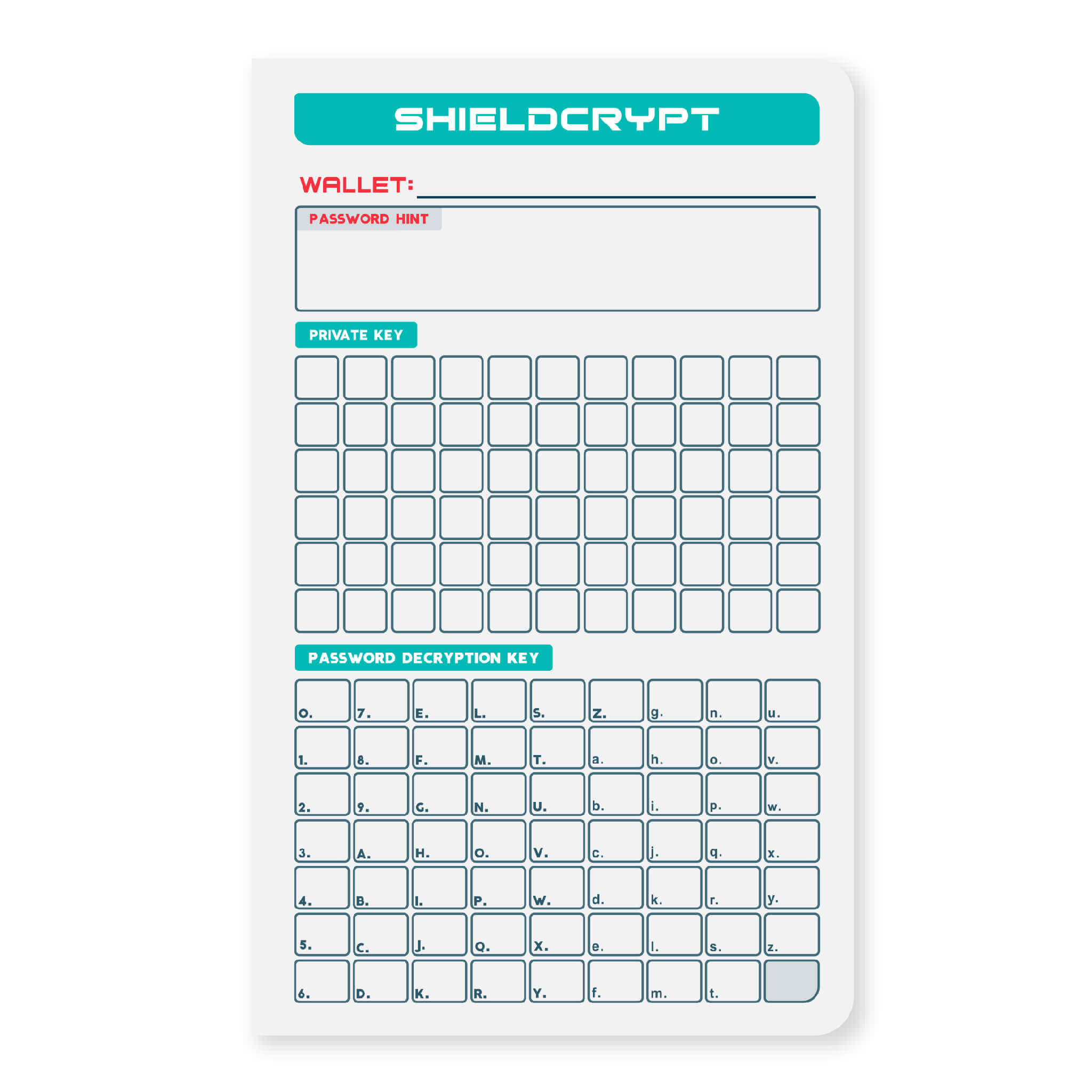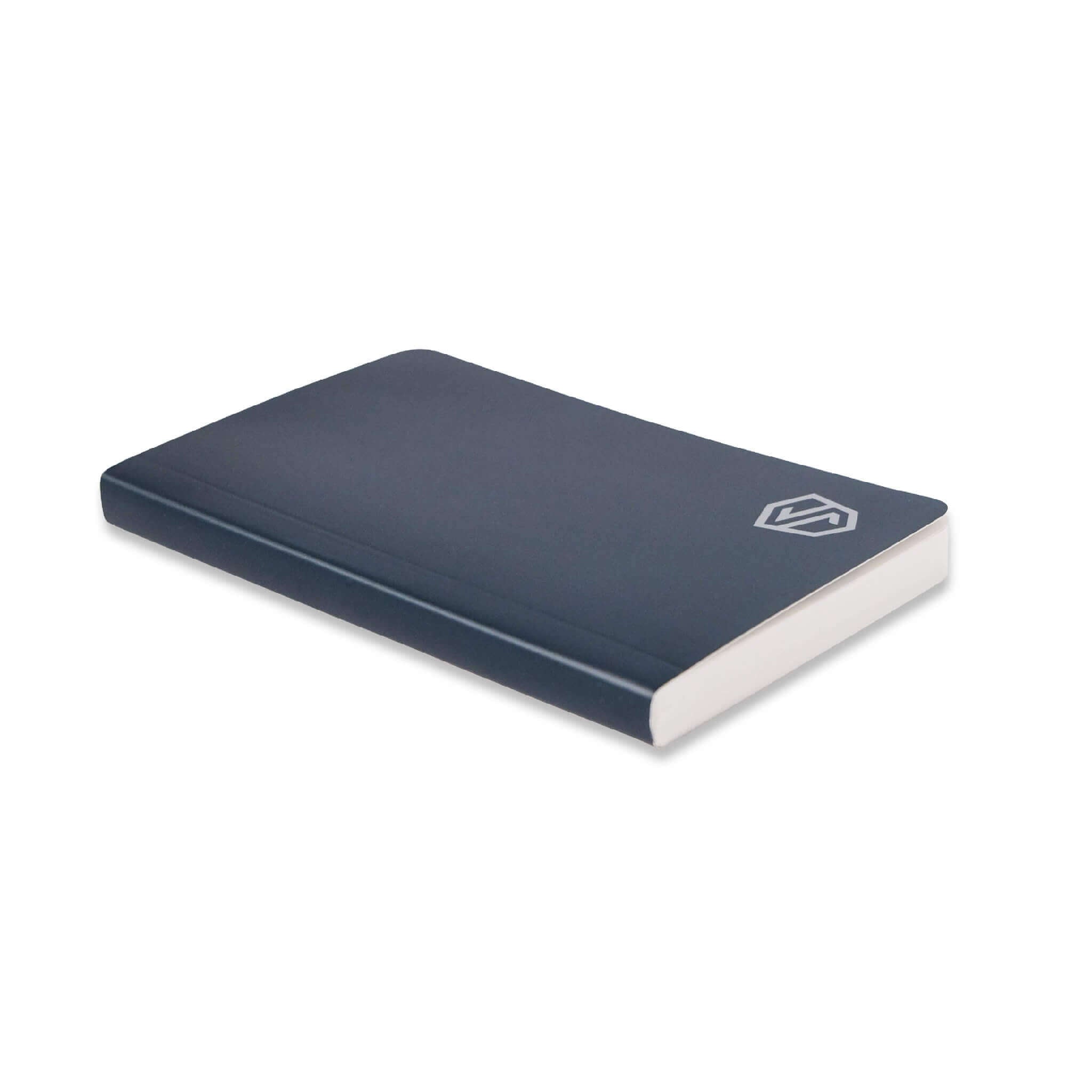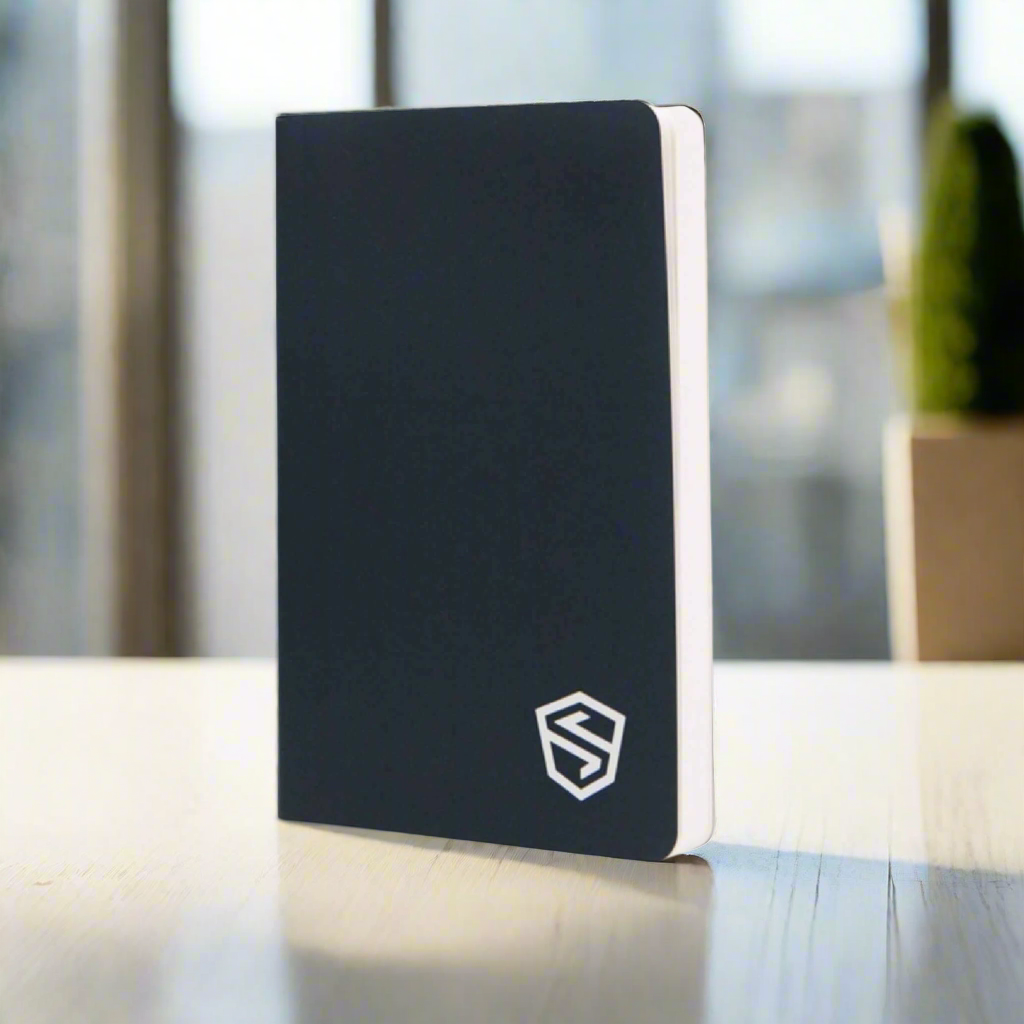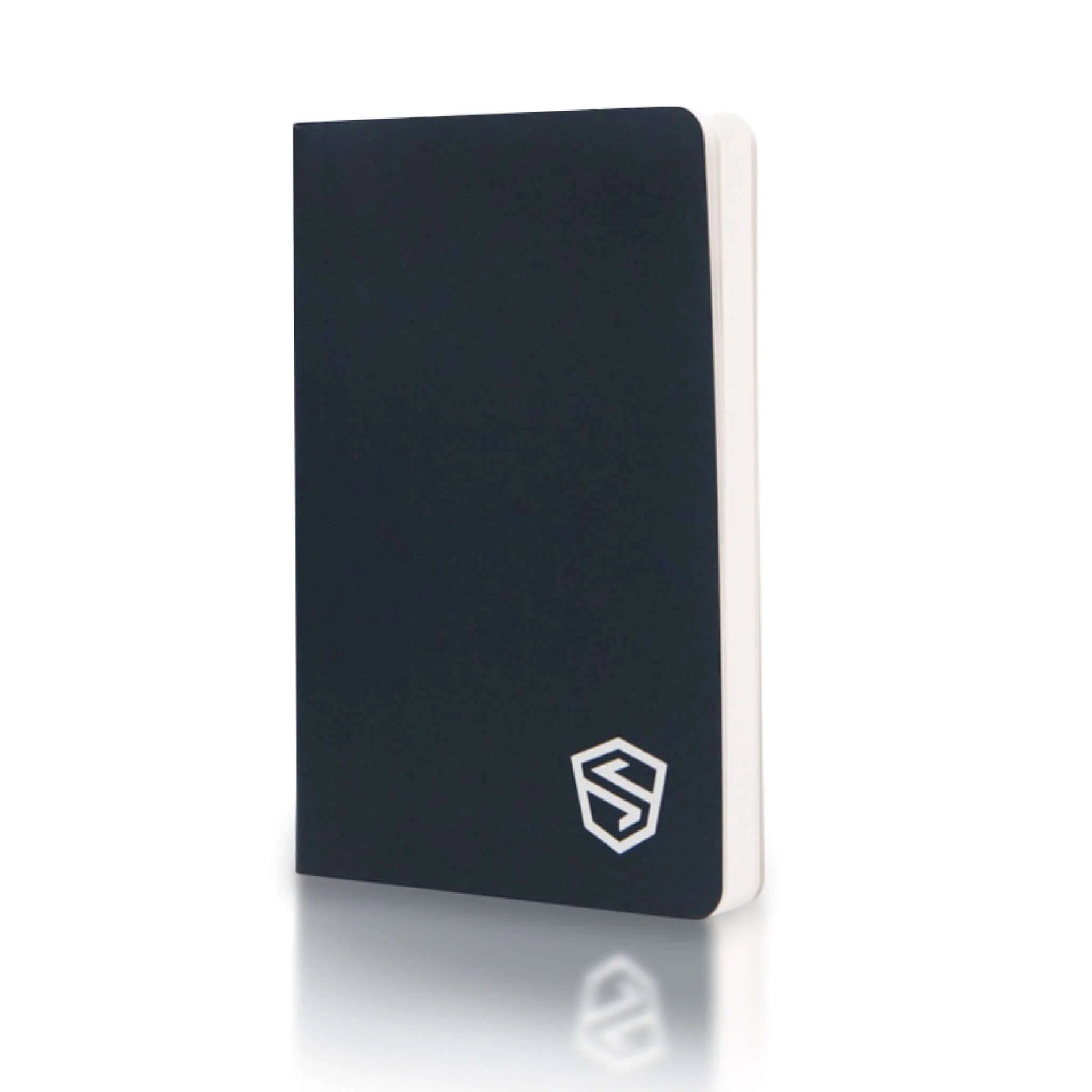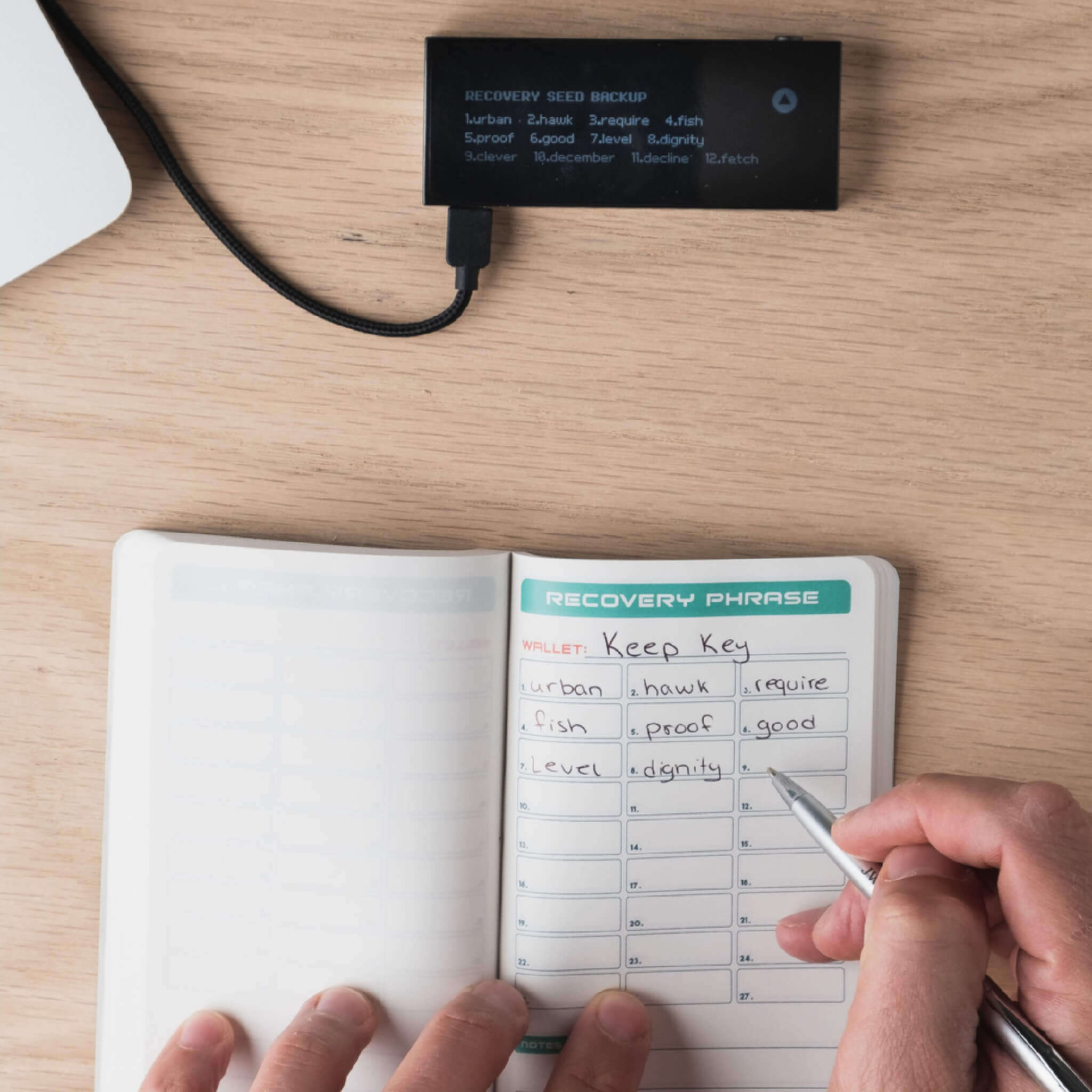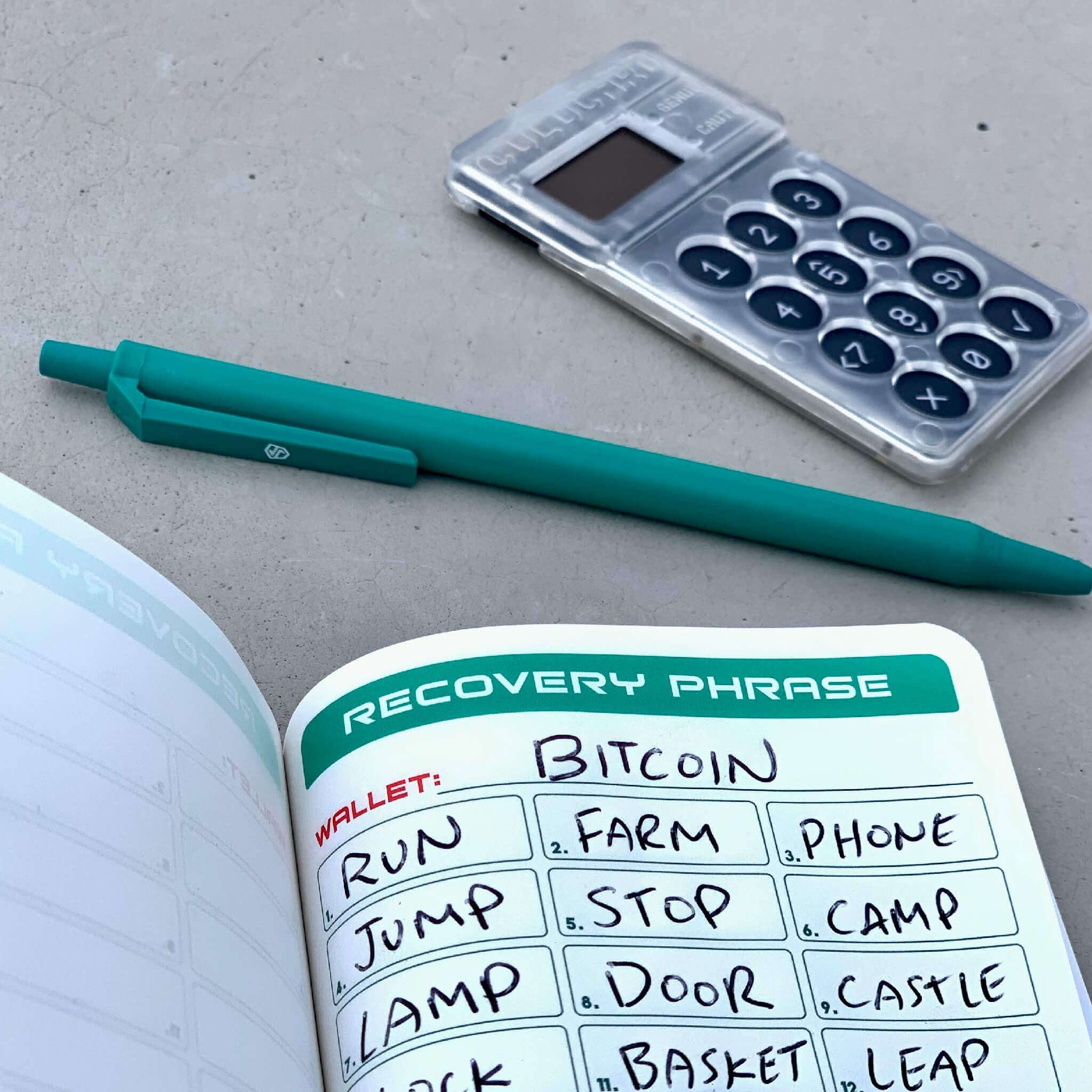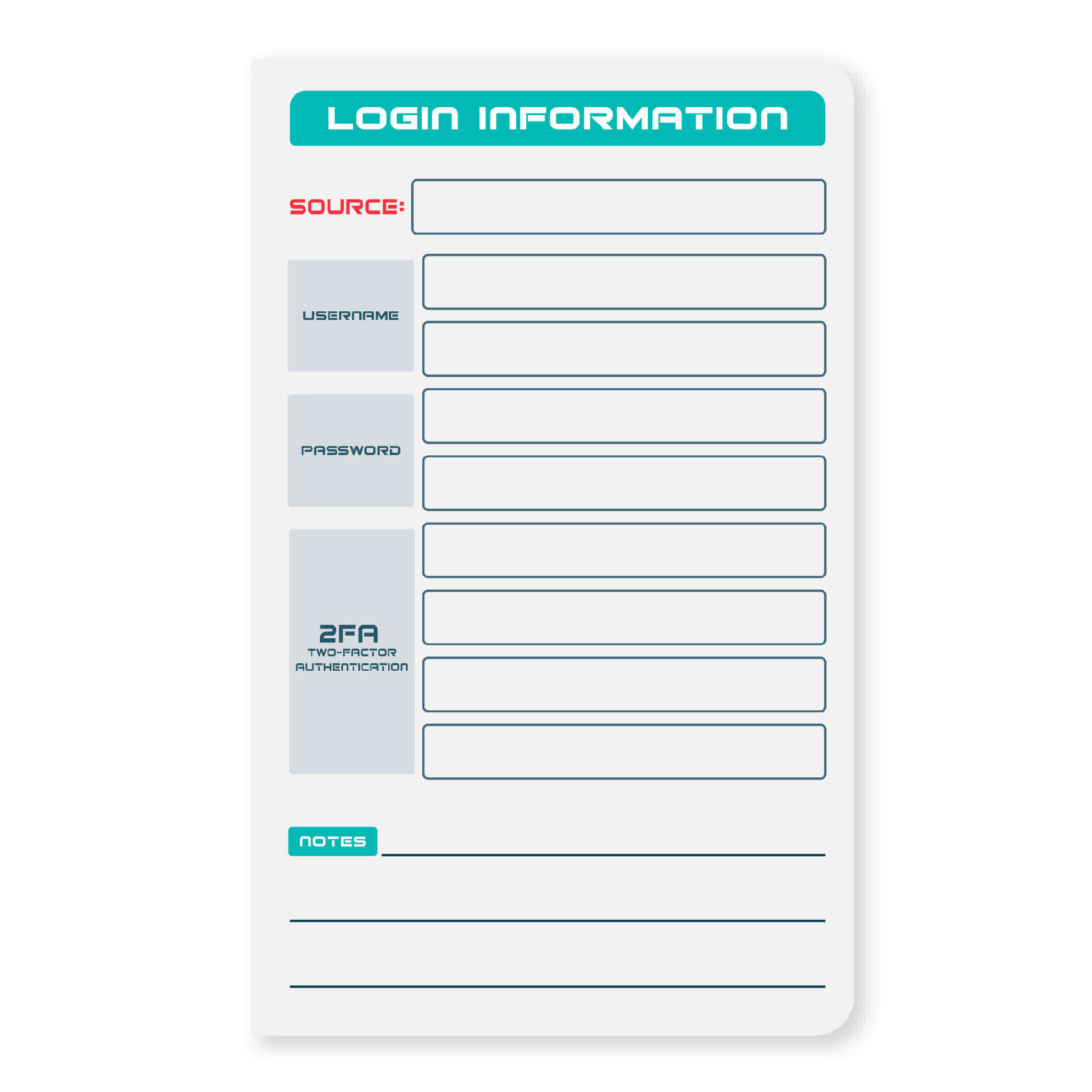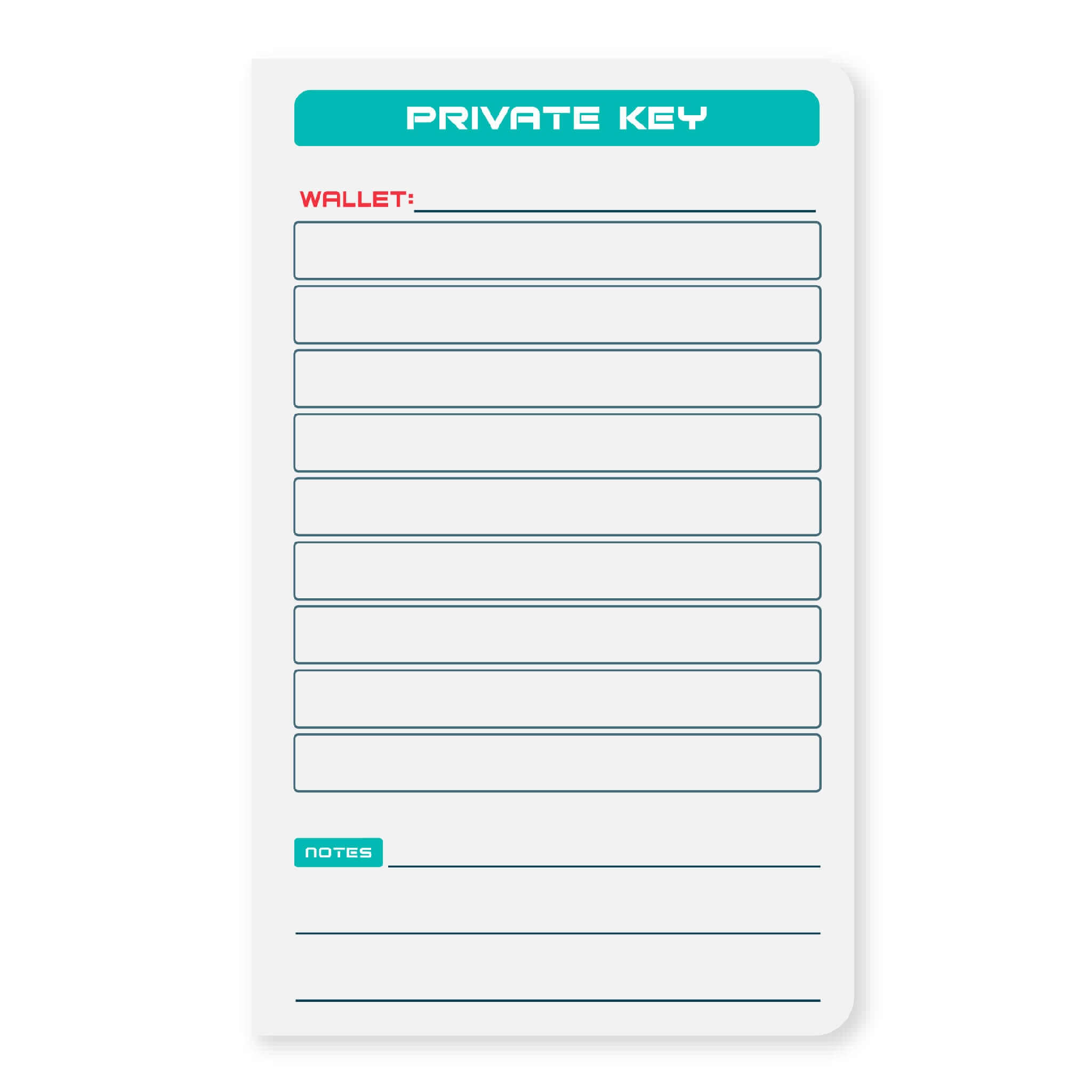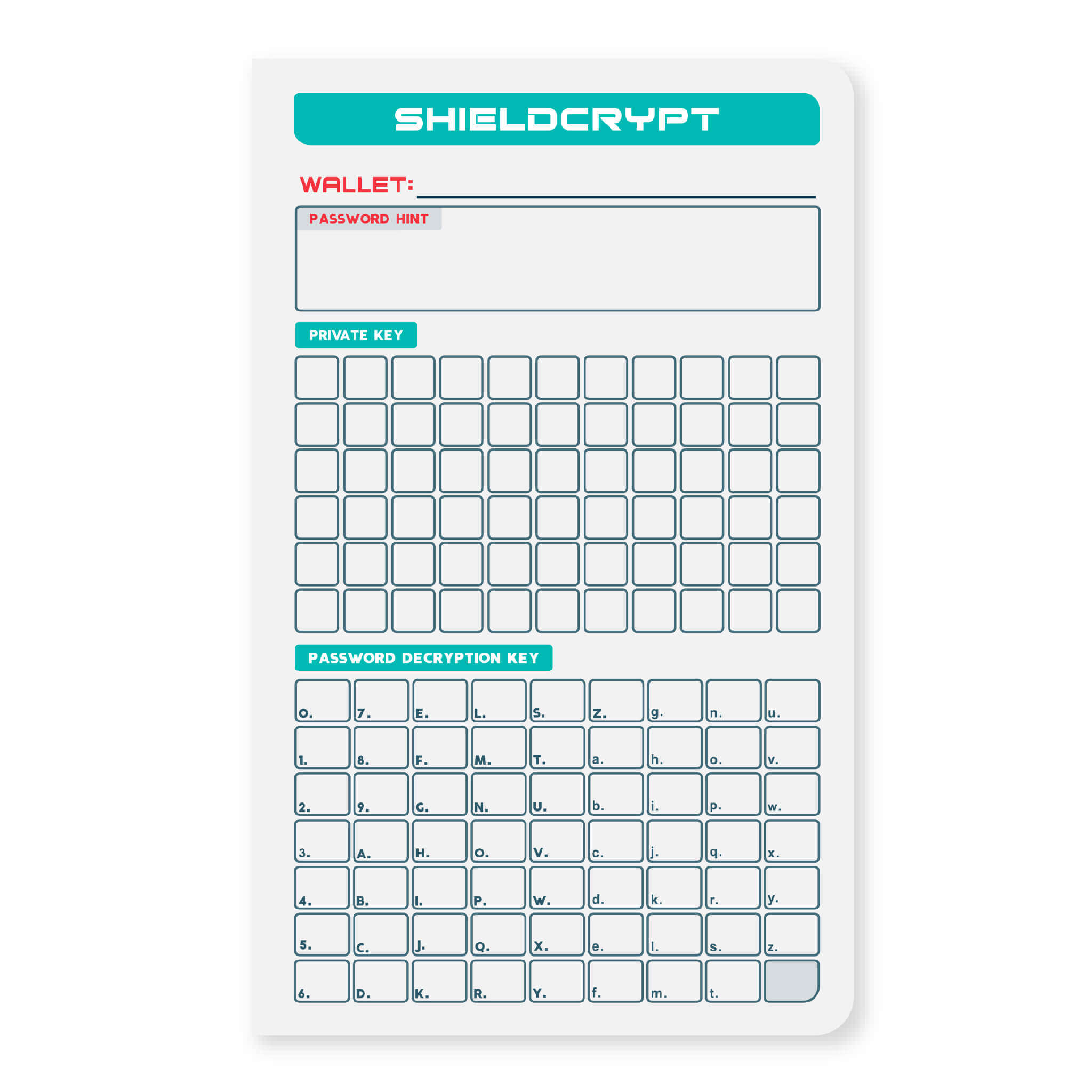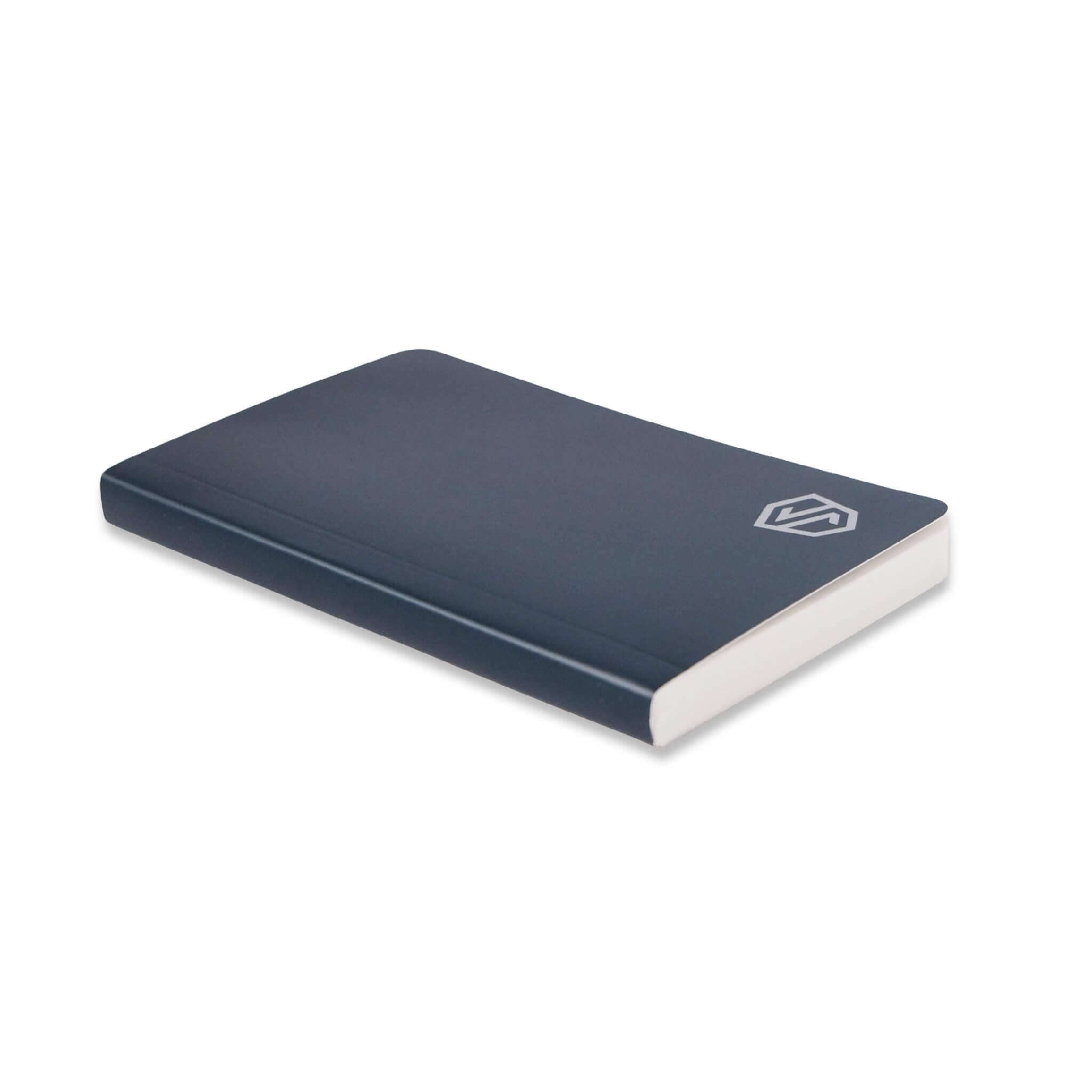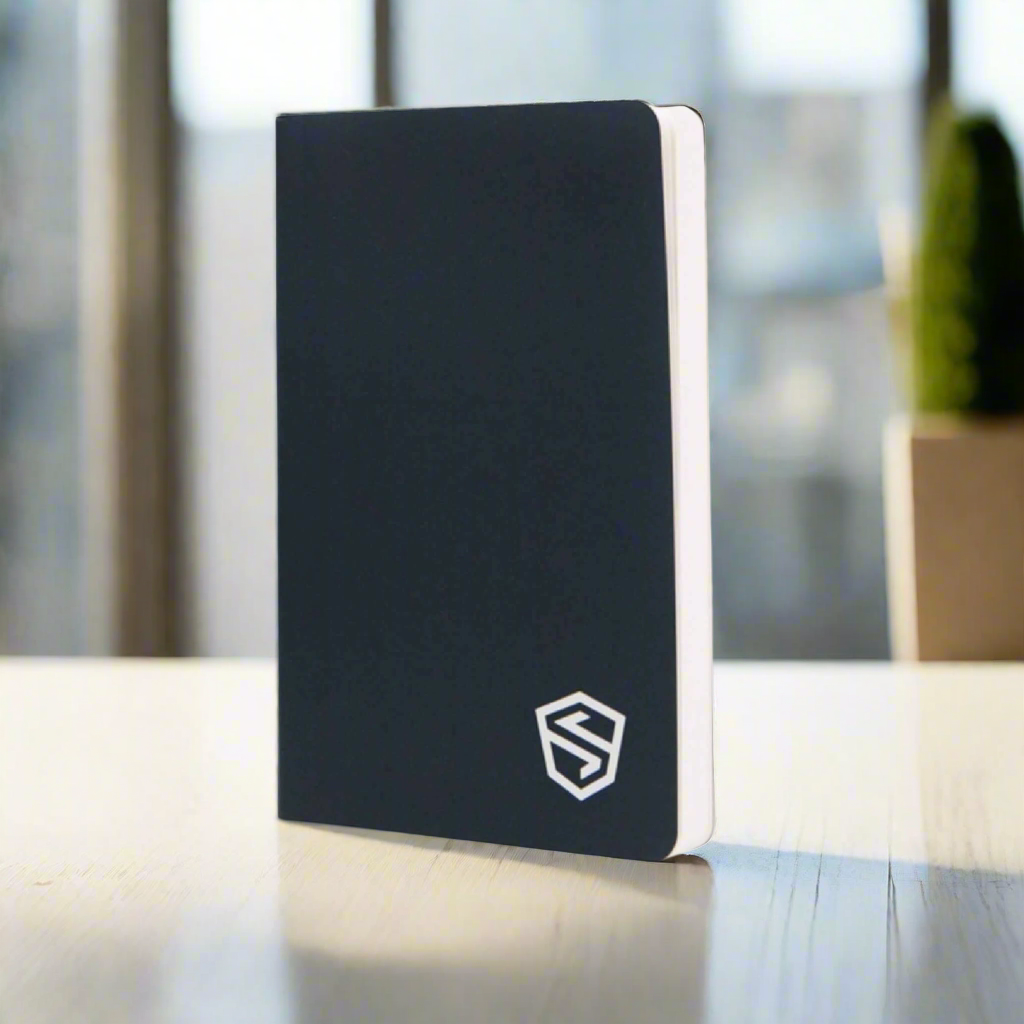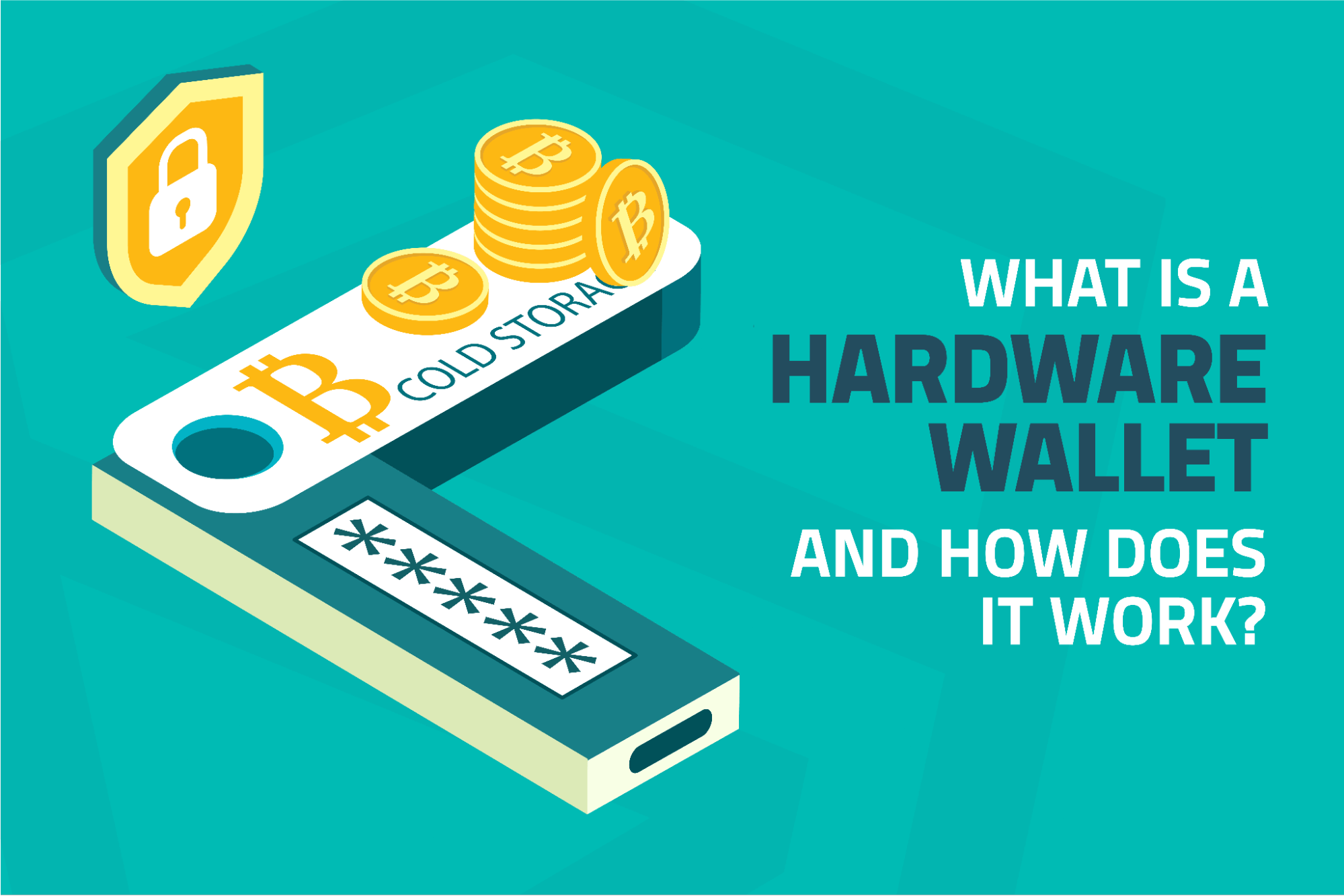
Most crypto users understand the importance of keeping funds safe in a virtual wallet. Digital coins can be alluring for thieves and hackers looking to cash in by stealing from digital currency holders.
But many often wonder the best ways to keep their valuable assets safe.
Many assume crypto exchanges are a secure place to keep digital coins after buying, selling, or trading. While popular exchanges like Coinbase or Binance tout top-of-the-line security features, these platforms are actually some of the worst places to store coins.
Just in August, the popular Liquid cryptocurrency exchange announced a $97 million dollar hack after attackers managed to siphon funds off to four different outside accounts. Regulated by Japan’s Financial Services Agency, Liquid ranks in the top 20 of crypto exchanges based on daily trade volumes.
Statistics show thieves managed to steal about $1.9 billion dollars’ worth of cryptocurrency in 2020. While this figure was down from the $4.5 billion swiped in 2019, crypto theft increased year-over-year as instances of fraud dipped.
To protect funds against potential theft and hack, all crypto users should transfer coins off of exchanges as quickly as possible to an outside wallet.
Crypto wallets are categorized generally into ‘hot’ and ‘cold’ options. Hot wallets are tools that connect to the Internet in order to store, send, and receive coins. Linked with a public and private key, hot wallets are much more secure than exchanges, but still have some vulnerability since they connect to the web.
In contrast, cold wallets, otherwise known as hardware crypto wallets, are the most secure option for HODLers. Hardware wallets are offline and coins are stored in a way that’s never connected to the Internet. This protects assets against cyber hacks and attacks as the wallet’s private key does not come into contact with a server.
The technology behind a hardware wallet might seem pretty advanced, but a cold storage ‘hardware’ wallet is a safe, secure, and effective way to keep crypto assets safe.
How do Hardware wallets work?

The concept behind a cryptocurrency hardware wallet is pretty simple. Coins are stored on the blockchain and never on the actual wallet.
The hardware crypto wallet is home to a holder’s private key, which in turn opens the digital ‘lock’ to the blockchain address where the cryptocurrency is. Hardware wallets keep private keys safe and also let holders sign and confirm transactions. A digital signature proves ownership of a specific private key and permits blockchain transactions to move forward. A hardware wallet user simply creates transactions and then confirms the action on the wallet screen to send cryptocurrency.
Well-designed hardware wallets are sturdy and durable, featuring further protection with a PIN or customized passphrase. As a result, a thief who manages to steal a hardware wallet would need to also know the specific PIN or password to get inside and attempt to steal digital assets.
What happens if the hardware wallet is lost? If it’s set up right – coin holders are still in the clear. Assets are also backed up with a single seed (recovery) phrase that can re-generate a specific private key. Seed phrases are a list of words that must be placed in specific order for the process to work. A crypto holder who maintains the seed phrase with the correct word order can then move pertinent keys to a different hardware wallet and regain access to digital assets.
However, all could be lost if a user loses or forgets their recovery phrase. That’s why it’s vitally important to document the phrase exactly as it appears and store it in a safe place.
Those who use hardware wallets often find them easy to navigate. Generally, a wallet will be plugged into a computer via USB to access a dashboard with different stored cryptocurrencies. Hardware wallet users should also make sure any updates are downloaded directly from the manufacturer website to ensure optimum security.
Its very important updates are not from an outside third-party, as this could be part of a phishing attempt to try and manipulate or corrupt a hardware wallet.
Do you need a hardware wallet for crypto?
The short answer is yes, a hardware crypto wallet should be in the arsenal of any crypto holder or enthusiast. It can be tempting to just keep coins on exchanges, but an outside hardware wallet still remains the most secure way to keep digital coins safe.
Any prospective cryptocurrency hardware wallet user should follow a few best practices as they decide on the type of tool they want to use. First, it’s very important to only buy a wallet from the manufacturer’s website (like Trezor or Ledger).
Wallets sold on Amazon or marketplaces like eBay could have been tampered with or manipulated, opening up the potential for hackers to gain access to coins if a buyer sets up these wallets. Even though it might be cheaper to search on the aftermarket for a crypto wallet, all holders should prioritize security by only buying from an official hardware wallet manufacturer website.
Upon receiving the wallet in the mail, users should carefully examine the packaging for any broken seals, scratches, cuts, or other manipulation. Many wallet makers place special tamper-proof seals on packaging for security.
If these look altered, do not use the hardware crypto wallet and contact the manufacturer. It’s better to be cautious than watch your money disappear after setting up a corrupted wallet. Some holders will also reset their hardware wallets upon unboxing as an added precaution before setting up.
What Is The Best Hardware Wallet?

Understanding the benefits of a hardware wallet for crypto means the next step is to decide on what wallet works best for a user’s particular needs.
Where to start? First, you should think about what crypto you’re storing. While many hardware wallets support countless types of digital assets, some coins might not be supported yet on specific hardware wallets.
For example, the ColdCard hardware wallet only supports Bitcoin.
Next, a prospective wallet holder should think about the functionality they are looking for. Ledger wallets look similar to a USB stick and have buttons on the sides to maneuver around different screens. Ledger is one of the most respected companies in the crypto hardware wallet space, with facilities in France and offices in San Francisco. Relying on the BOLOS operating system, Ledger has sold more than 1,000,000 wallets across 165+ nations.
Ledger wallets are popular due to their sleek design, portability, and easy-to-understand instructions. However, the wallets have undergone some criticism for not featuring open-source hardware.
Trezor lists it as the first legitimate crypto hardware wallet. Built by SatoshiLabs, the wallet remains a pioneer in the crypto space and looks like a small calculator with a screen. In contrast to Ledger, some Trezor wallets like the Model T have a larger screen that can be easier to read and features buttons that are easier to navigate with.
There’s a few coins Trezor does not support that Ledger does, and the wallet itself does not look as inconspicuous as Ledger’s.
There’s a few other privacy-focused wallets like the ColdCard and the NGRAVE wallet. These tools are highly secure and have a range of features sometimes not seen on virtual wallet devices. The drawback is some of these wallets might be harder for crypto users without technical expertise to navigate.
Overall, those interested in a cryptocurrency hardware wallet certainly have plenty of options to choose from. Consumers should research and perform proper due diligence on different manufacturers to understand what wallet works best for them.
The Many Benefits Of A Hardware Wallet

It’s clear a hardware wallet remains the best option for crypto holders interested in keeping funds safe. Their security, toughness, and ease of use make them a valuable tool in the arsenal of those looking to buy, sell, and trade cryptocurrencies. There are many options available, but you want to consider the best crypto hardware wallet on the market.
But as we’ve learned, accessing a crypto wallet could turn into a nightmare if the private key is lost.
That’s where a tool like the Shieldfolio Stonebook comes in. In our humble opinion, the best crypto hardware wallet available. Instead of writing private keys down on pieces of loose paper, the Shieldfolio Stonebook is an offline notebook allowing a user to jot private keys and passwords on water and tear-resistant pages. The artisan-grade stone paper notebook works with any ballpoint pen and has categorized pages to help organize seed phrases, private keys, and other sensitive information.
The Shieldcrypt feature works by concealing key characters of private keys, making the page useless to an outside thief who manages to get the book. It is not your average paper wallet.


